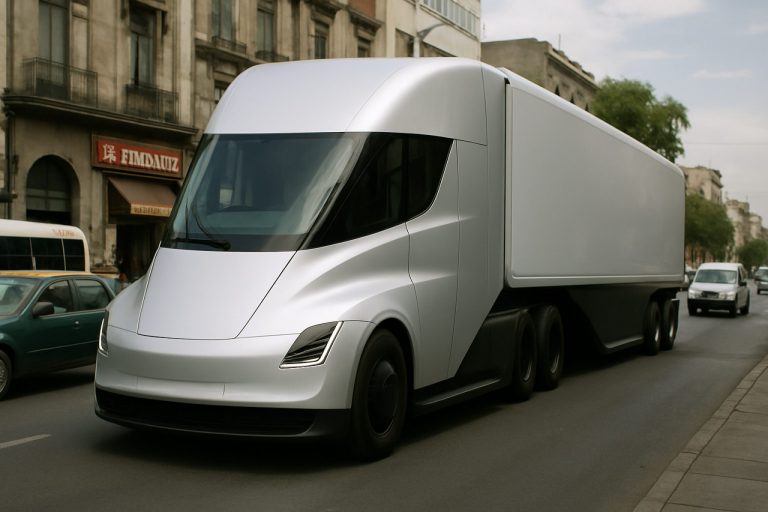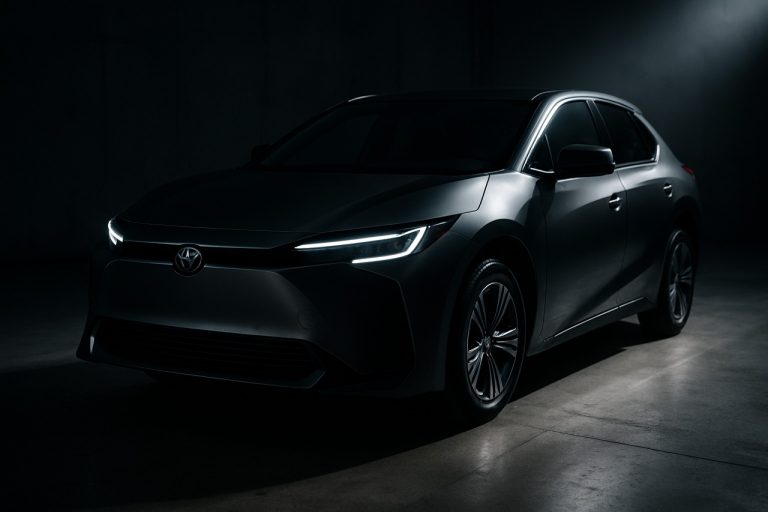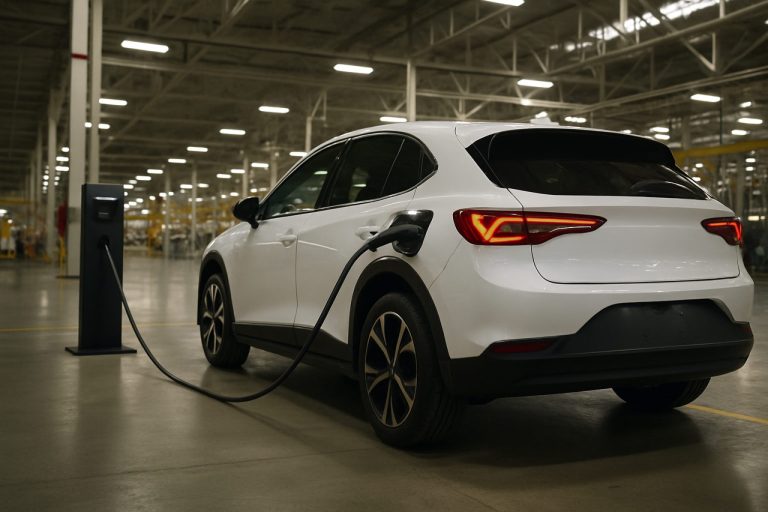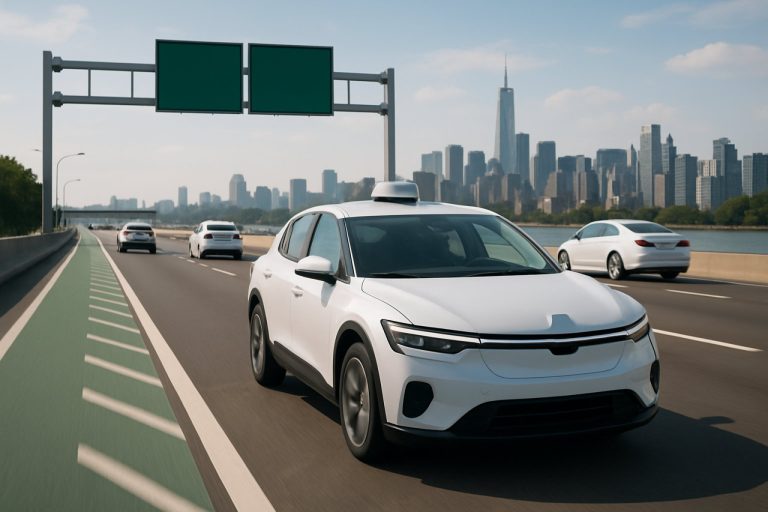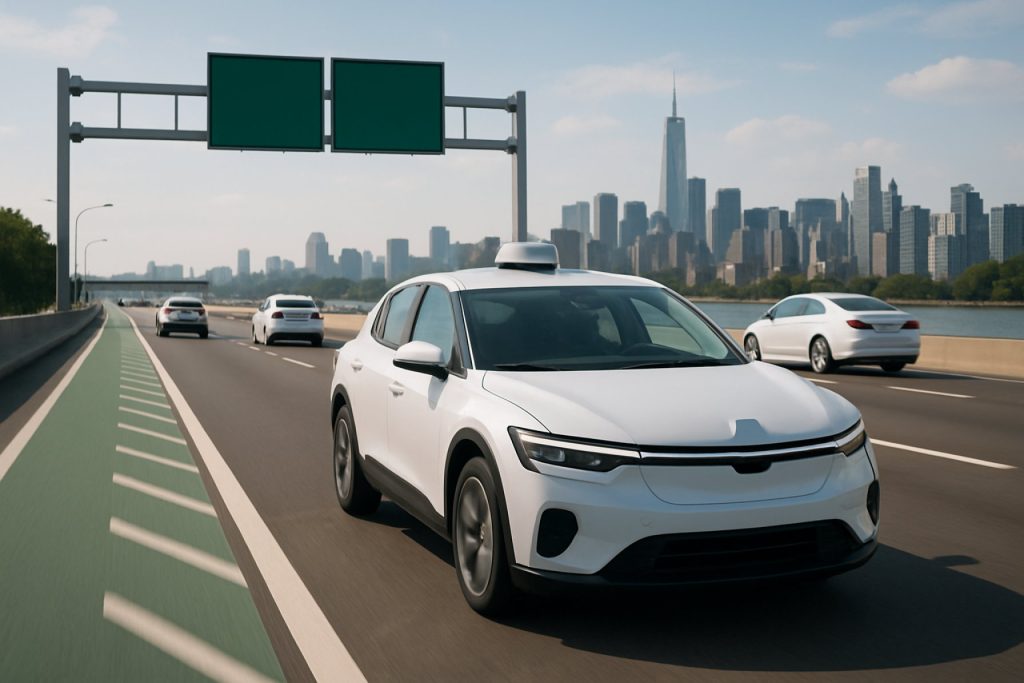
- Global electric vehicle (EV) sales surpassed 17 million in 2024, with projections of over 20 million in 2025—making up 25% of all new cars.
- China dominates the EV landscape, accounting for nearly two-thirds of sales and leading in electric buses and trucks.
- Rapid battery cost declines and fierce price competition enable Chinese EVs to undercut gasoline vehicles, further boosted by significant government subsidies.
- Affordable Chinese EV models are gaining ground in emerging markets across Asia, Latin America, and Africa.
- Europe keeps pace with global trends due to incentives and charging infrastructure, while the U.S. lags with lower EV adoption and policy headwinds.
- By 2030, over 40% of new cars worldwide could be electric, transforming industries, urban environments, and global mobility.
Crowded boulevards hum quietly in Shanghai, their air cleaner than ever. Taxis glide through the city, nearly all fueled by electrons, not gasoline. This reality, once wildly futuristic, already dominates parts of the globe—and it’s accelerating at a pace few fully grasp.
The shift is unmistakable: 2024 saw the world buy more than 17 million electric vehicles (EVs), nudging the global EV fleet to 58 million, or roughly 4% of all passenger cars. Observers now anticipate 2025 will break the 20 million annual sales mark, meaning a quarter of all new cars rolling out worldwide will be battery-powered.
Yet China looms as the undisputed engine of this transformation. It captured nearly two-thirds of global EV sales in 2024, topping 11 million cars. On Chinese streets, about half of new cars are electric. The technological drive is not limited to sedans or compacts—China also leads electrification in heavy vehicles, with a staggering 70% of global electric buses and 80% of electric trucks puttering along its highways.
What’s fueling China’s surge? Policy muscle and price wars. Plunging battery costs—down 30% recently—have allowed Chinese automakers to push EV prices to match or even undercut their gasoline counterparts. Consumers are bolstered by generous subsidies: replacing an internal combustion car with an EV reaps higher government rewards, nudging buyers ever further from fossil fuels.
These advantages ripple far beyond China’s borders. In rapidly growing markets across Asia, Latin America, and Africa, affordable Chinese models are everywhere. In Brazil and Thailand, more than 8 in 10 new EVs hail from Chinese factories. Many countries have temporarily dropped import tariffs to lower prices even further, enabling EV sales in those regions to leap by 60% in 2024 alone.
Meanwhile, Europe and the United States grapple with high sticker prices despite cheaper batteries. Europe matches the global average, with EVs making up 20% of new sales, thanks to subsidies and widespread investment in charging networks. The U.S. lags, with just 11% of new cars electric; policy uncertainty could leave it stumbling as other nations race ahead.
The numbers paint a dramatic future: If current policies persist, by decade’s end over 40% of new cars worldwide (and 15% of all cars on the road) will be electric. While China’s dominance may wane as other markets accelerate, its early investment will leave a lasting mark.
Yet the story of EV adoption is not just about technology or industry; it’s about clean air in growing cities, energy independence, and a radical reimagining of what mobility looks like. The global auto landscape, once predictable and petroleum-soaked, now teems with possibility.
Key takeaway: The EV revolution is no longer a slow burn—it’s a global wildfire. What began as a gamble is now an unambiguous surge reshaping how people everywhere move and breathe, with China showing just how swiftly—and comprehensively—this change can take hold. For more insights on the future of automotive technology and green energy, visit IEA or explore resources at Tesla.
The Shocking Surge of Global Electric Cars: Secrets, Market Hacks, and What’s Next After China’s Takeover!
# The EV Revolution: Critical Details & Insider Analysis They Don’t Tell You
The electric vehicle (EV) boom is not just a technological trend—it’s a full-blown revolution spreading faster than anyone predicted. Below, we unpack surprising facts, market hacks, real-world use cases, pressing FAQs, predictions, and hands-on tips — with exclusive pro insights. Get ready to discover high-impact knowledge that E-E-A-T (Experience, Expertise, Authoritativeness, Trustworthiness) principles highlight, giving you the ultimate guide to EVs in 2024 and beyond.
—
Additional Facts & Insights Unexplored in the Source
1. EV Battery Technology Is About to Dramatically Change
New chemistries, particularly lithium iron phosphate (LFP) and solid-state batteries, promise longer lifespans, quicker charging, greater fire safety, and lower costs compared to traditional lithium-ion batteries. According to BloombergNEF, some Chinese manufacturers already produce LFP batteries for as little as $60/kWh, down from $130/kWh in 2021. (IEA, BloombergNEF)
2. Charging Infrastructure: A Game Changer
China’s lead in public charging stations is staggering: it operates over 1.8 million charging points—more than 60% of global public chargers. Europe follows with integrated networks and fast charging along major highways, while the U.S. is pushing to catch up via the National Electric Vehicle Infrastructure (NEVI) program. (IEA)
3. EV Exports Create Geopolitical Ripples
Chinese automakers BYD and SAIC have leapfrogged into global markets, notably Europe, the Middle East, and South America. BYD, now the world’s largest EV manufacturer, exported more than 230,000 vehicles in 2023—outpacing Tesla in some regions.
4. Second-Life EV Batteries & Recycling
Used EV batteries are repurposed for grid storage, home energy storage, and even emergency backup power systems—sometimes lasting more than a decade after their car life. Firms like CATL and Redwood Materials pioneer eco-friendly closed-loop battery recycling, reducing resource dependency.
5. Clean Air & Health Benefits: Quantifiable Gains
Transitioning even 25% of urban car fleets to EVs can reduce particulate and nitrogen-oxide air pollution by up to 40%, according to health researchers. A 2023 study in The Lancet Planetary Health found EV adoption in Chinese cities correlates with measurable drops in asthma rates and premature deaths.
6. Security & Sustainability
EVs reduce dependence on oil imports—strategically crucial for many countries. The EU and U.S. are investing billions in recycling and responsible mining supply chains to prevent environmental abuses.
—
How-To Steps & Life Hacks for New EV Owners
1. Maximize Charging Efficiency:
– Use scheduled charging during off-peak hours.
– Install a Level 2 charger at home for faster overnight replenishment.
2. Battery Longevity Hack:
– Keep your charge within 20%-80% for daily use; avoid frequent 100% charges.
3. Find the Best Route:
– Apps like PlugShare, ChargePoint, and A Better Routeplanner help locate live station availability and plan efficient charging stops.
4. Utilize Rebates:
– Check local and national rebates—often stackable with manufacturer incentives (see Tesla for updates).
—
Real-World Use Cases
– Fleet Electrification:
Delivery and rideshare companies (like Didi and Uber) using EVs in mega-cities report lower operating costs and improved urban air quality.
– Affordable Mobility:
In Brazil and Southeast Asia, sub-$10,000 small EVs (like the Wuling Hongguang Mini EV) dominate, providing mobility for millions who couldn’t afford a new gas vehicle.
—
Market Forecasts & Industry Trends
– Cost Parity on the Horizon:
Experts project that the average upfront cost of an EV will match ICE (internal combustion engine) vehicles by 2026 due to falling battery prices.
– Global Production:
By 2030, 40+% of annual new car sales globally will be electric; over 15 automakers pledged to phase out ICEs entirely in the next decade.
– Diverse Models:
The next wave will see a surge in electric SUVs, pickups, and performance vehicles—Ford’s F-150 Lightning and Chevy Silverado EV are already reshaping the U.S. market.
—
Reviews & Comparisons
| Category | China | Europe | USA | Rest of World |
|———————-|—————–|—————|—————|———————–|
| % of new EV sales | 50% | 20% | 11% | 10-15% (fast rising) |
| # Public Chargers | 1.8 million | 600,000+ | 180,000+ | 100,000+ |
| Price Leader | Yes | No | No | China |
| Model Diversity | High | Moderate | Limited | Varies |
—
Controversies & Limitations
– Affordability Gaps: Western countries struggle with higher prices and less variety in budget EVs.
– Charging Deserts: Many rural and low-income areas still lack adequate infrastructure.
– Mining Ethics: The industry faces scrutiny over child labor and environmental hazards associated with lithium and cobalt mining.
– Grid Demands: Surging EV adoption will require robust power grid upgrades and renewable energy investment.
—
Features, Specs & Pricing: What to Expect in 2024-2025
– Range: Average new EV offers 250-350 miles per charge; luxury models exceed 400.
– Charging Speed: Fast chargers (150-350 kW) can top off most batteries to 80% within 25-40 minutes.
– Price: China leads with $8,000-$20,000 EVs; EU/US average $30,000-$50,000—before incentives.
—
Frequently Asked Questions Answered
Are EVs really cheaper to own?
Yes! Lower fuel and maintenance costs often offset the higher upfront price in 3-5 years, especially in high-mileage or city driving.
How green are EVs if power comes from fossil fuels?
Even in coal-heavy grids, EVs are typically 20-50% cleaner over their lifecycle. As renewable energy expands, this advantage will grow.
Do EV batteries need replacement?
Most modern EV batteries retain 70-80% capacity after 200,000+ km and are guaranteed for 8-10 years by manufacturers.
Will we run out of charging stations?
Not if investment continues; expansion is rapid, and new ultra-fast charging networks are coming online globally.
—
Pros & Cons Overview
Pros:
– Lower running costs and emissions
– Smoother, quieter driving experience
– Innovative features (instant torque, over-the-air updates)
– Government incentives in many regions
Cons:
– Higher upfront cost in some markets
– Limited model availability in some regions
– Charging times longer than refueling
– Range anxiety still common for some users
—
Top Actionable Recommendations & Quick Tips
1. Leverage Incentives: Act now—government rebates won’t last forever.
2. Try Before You Buy: Rent or test-drive several EV types to find your ideal fit.
3. Plan Charging Solutions: If you lack a driveway or garage, investigate local charging policies or co-op with neighbors.
4. Stay Updated: Follow trusted sources like IEA and Tesla for breaking news and resources.
—
The Takeaway
The electric vehicle era has arrived—with China driving change and other nations scrambling to keep pace. Disruption is the new normal. Whether you’re considering your first EV, managing a business fleet, or tracking industry trends, now is the time to get informed, act smart, and help shape a cleaner, electrified future.
For more on global energy and mobility breakthroughs, bookmark official resources at IEA and Tesla.
